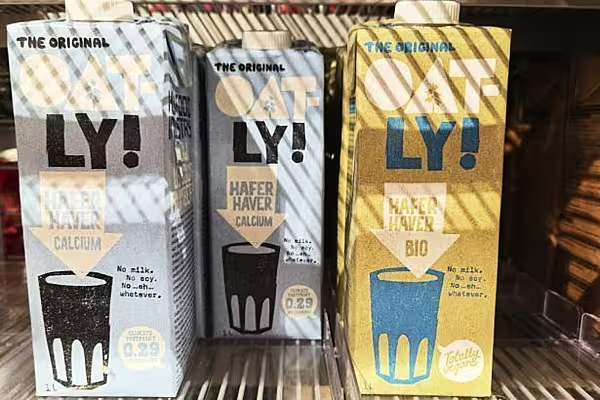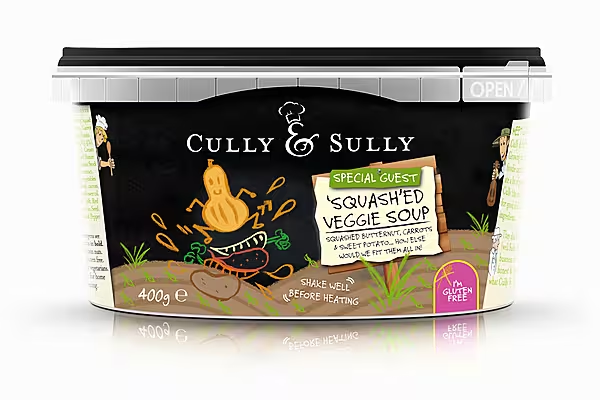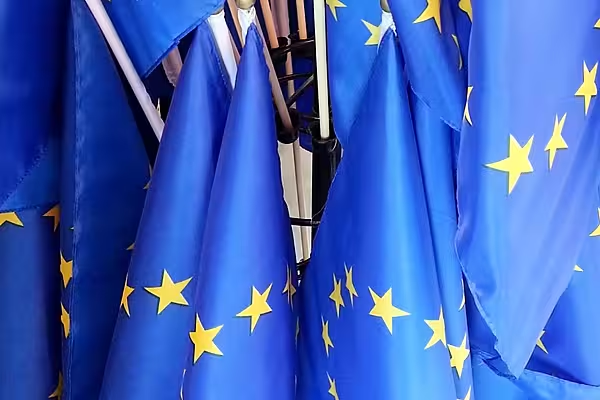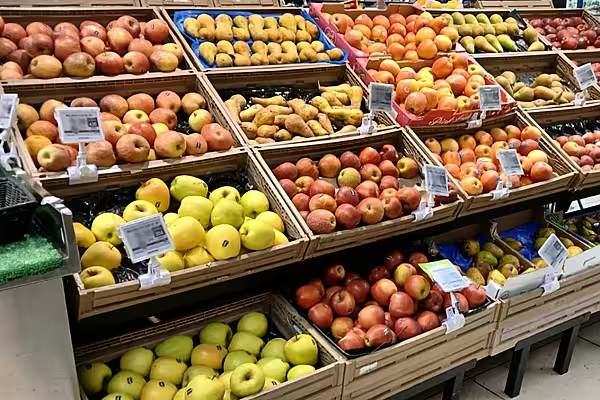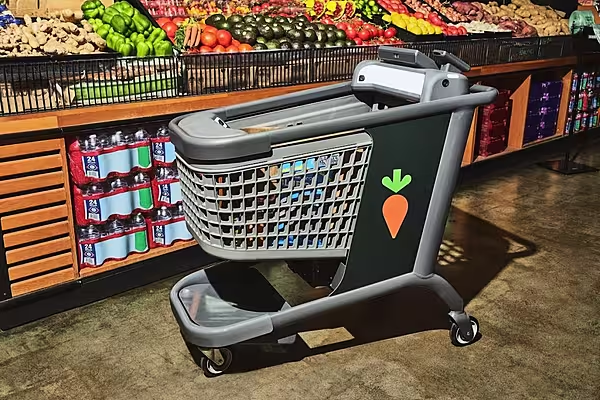The EU Deforestation Regulation (EUDR) is helping to drive efforts in terms of ensuring the traceability of cocoa supplies, the Retailer Cocoa Collaboration (RCC) has said in a new report, however other areas are still falling short.
According to the RCC, the key takeaway from the report, which was undertaken by 3Keel, is that indirect supply chains are risk hotspots for environmental and human rights issues.
Nearly all commitments and initiatives cover just the direct portion of a trader’s supply chain (i.e., when the trader buys directly from a cocoa farmer), leaving a significant risk of unchecked human rights abuses and deforestation.
The report, carried out in association with 3Keel, is based on the results of a questionnaire sent to nine global cocoa traders prevalent in RCC Member supply chains, assessing their performance during 2023 against various social and environmental metrics.
This year, seven of these responded to the trader assessment questionnaire, while the two non-responders were assessed using publicly available information and data supplied in previous years.
Retailer Cocoa Collaboration
The Retailer Cocoa Collaboration (RCC) is a collaborative venture between 11 retailers, Ahold Delhaize, Aldi Nord, Aldi Sued, Carrefour, Casino, Lidl, M&S, Metro, Sainsbury’s, Tesco and Waitrose, which aims to drive environmental and social improvements in the cocoa sector.
According to the RCC, the average proportion of a trader’s direct supply of cocoa traceable to the farm has increased from 52% in 2022 to 71% in 2023, a rise of 19 percentage points.
Additionally, three traders were able to report near-full traceability of their direct supply chain.
“This is welcome news,” said Holly Cooper, the report’s lead author. “However, it’s a different story when it comes to cocoa from indirect sources.”
In addition, in 2022, the average proportion of a trader’s indirect supply of cocoa traceable to farm was just 9%. In 2023, this increased to 22%.
“This increase in traceability is a step in the right direction,” said Cooper. “But traders source as much as 97% of their cocoa indirectly, so this means that overall, the sector is not yet ready for the EUDR. More fundamentally, this lack of traceability means the sector has significant blind spots in its ability to understand and address sustainability risks in the cocoa supply chain.”
Cocoa Prices
Cocoa prices have soared in recent months, driven by poor harvests in key producing regions, reaching unprecedented levels on global markets.
According to the RCC, these increased prices can potentially benefit farmers if they receive higher incomes, but they also exacerbate the risk of supply chain disruptions and human rights issues in indirect supply chains.
“With global supply tight and prices exceptionally high, there is real risk that progress on addressing environmental and social issues could be stalled or even reversed in the scramble for high-quality supply," Cooper said. "The lack of policies and commitments covering indirect supply make these particularly high-risk.”


